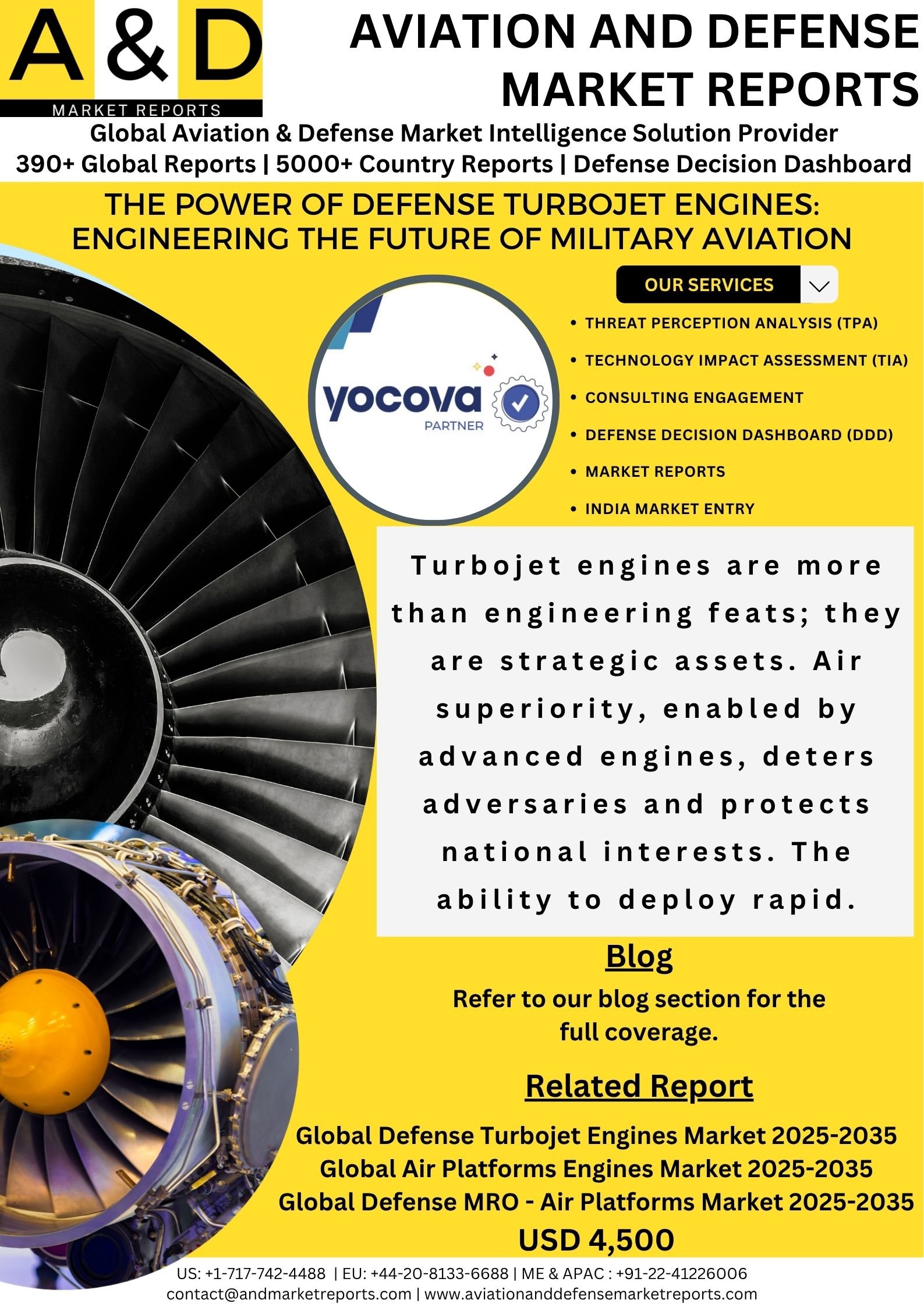The Power of Defense Turbojet Engines
The Defense Turbojet Engines is a cornerstone of military aviation. In fact, they have propelled jets to supersonic speeds since their inception. They also enable unmatched combat agility. These marvels, consequently, deliver the crucial thrust needed for air superiority. This blog explores their role. Specifically, it covers their technology, future, and vital role in national safety.
History and Core Mechanics
A Quick Look Back
The turbojet story began in the 1930s. For example, pioneers like Sir Frank Whittle (UK) and Hans von Ohain (Germany) developed the idea. By World War II, early turbojets revolutionized air combat. Post-war, Cold War rivalry drove more powerful engines. Today, turbojets power iconic aircraft. Indeed, they power the F-22 Raptor and Eurofighter Typhoon.
How They Work
A turbojet generates thrust by expelling high-speed exhaust gases. First, air enters the engine. Then, a compressor increases the air pressure. Next, the compressed air mixes with fuel. The mixture ignites in the combustion chamber. Finally, this high-pressure stream exits the nozzle. This action, therefore, produces forward thrust.
Modern jets use afterburners. These inject extra fuel into the exhaust. This gives a temporary thrust boost.
Why Turbojets Define Air Power
Turbojet engines are vital to military success. First and foremost, their high thrust-to-weight ratios make jets fast. This speed often exceeds Mach 2. Speed is crucial for missions. For instance, it aids intercepting enemies or evading missiles.
Also, turbojets provide agility. Agility is crucial for dogfights. Quick maneuvers can mean victory, of course. Their reliability under high heat makes them indispensable. The F100 engine, as an illustration, gives the F-15 Eagle massive thrust. Such performance, ultimately, ensures air superiority.
Advances in Jet Technology
The evolution of turbojets aims for better efficiency, stealth, and performance. Key areas, accordingly, have seen breakthroughs.
Material Science
Modern turbojets use advanced materials. These include titanium alloys and ceramic composites (CMCs). Crucially, these materials withstand extreme heat and stress. This reduces weight. In turn, engine durability increases.
Stealth and Maneuver
Afterburners provide critical thrust boosts. Thrust vectoring, moreover, helps the pilot. This allows pilots to redirect exhaust flow. This feature enhances maneuverability dramatically. For example, the F135 engine balances stealth with high power. It uses non-reflective nozzles to reduce radar signature.
Efficiency
Hybrid designs (low-bypass turbofans) combine the best features. These engines offer better fuel economy for long patrols. Nonetheless, they retain high thrust for combat.
Development Hurdles and the Future
Turbojet engines face significant challenges. A main issue is high fuel use. Fuel consumption, consequently, limits mission range. Range is critical in modern warfare. Furthermore, the intense heat requires complex, costly cooling systems. Maintenance is another hurdle. For instance, the F100 engine needs service every $\mathbf{1,000}$ hours. Also, the noise they produce is a concern.
The Future Race
The future focuses on sustainability and adaptability.
Adaptive Cycle Engines can switch between high-thrust and fuel-saving modes. This versatility optimizes the flight profile.
Additive Manufacturing (3D printing) will revolutionize engine parts. This helps improve efficiency and cut weight.
Hypersonic Power is being sought. For this purpose, turbojets adapt into scramjets (Mach 5+). These could power future missiles.
Sustainable Fuels (SAF) are being explored. This move aligns defense needs with global goals.
Strategic Importance
Turbojet engines, in short, are strategic assets. Air superiority, after all, deters adversaries. It also protects national interests. The ability to deploy rapid strikes relies on these engines. As a result, investments in turbojet tech remain a priority globally.
In conclusion, defense turbojet engines are the beating heart of modern air power. They will continue to shape future combat. The global race for superior engines is about securing the skies.
